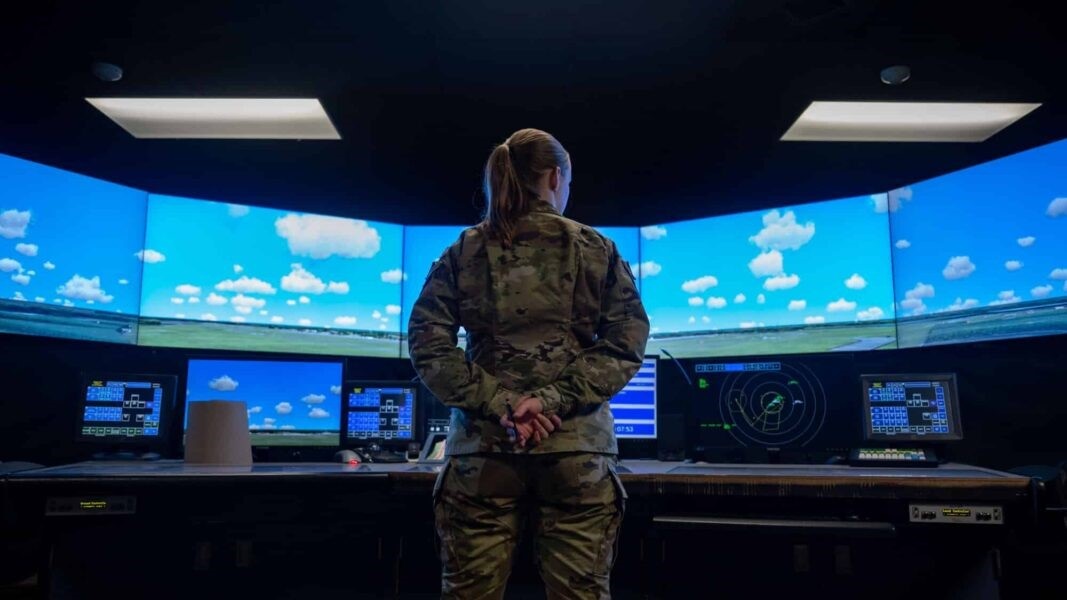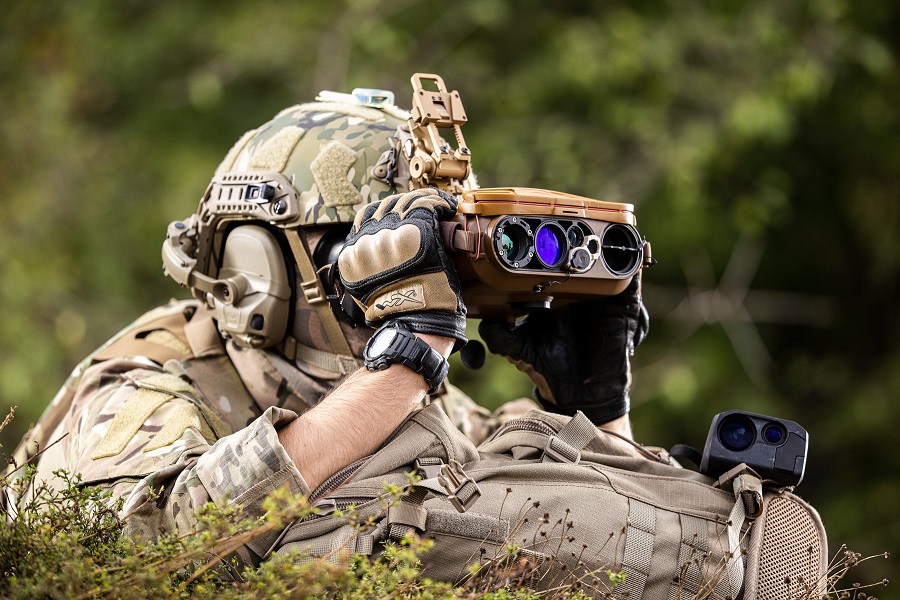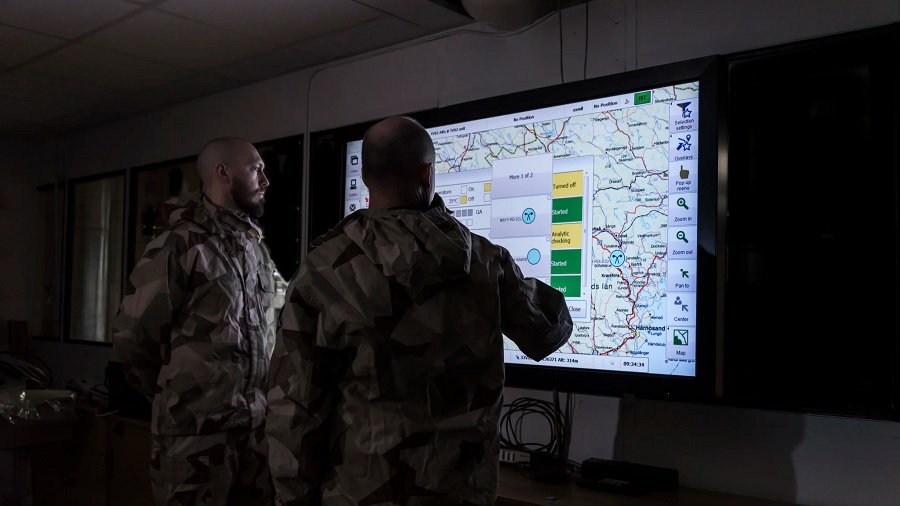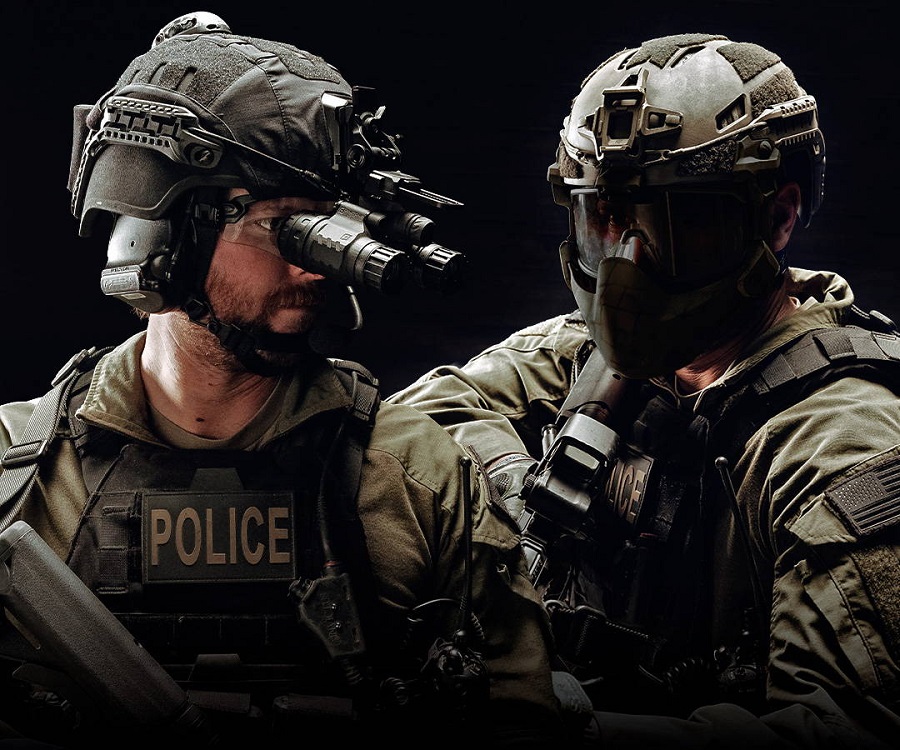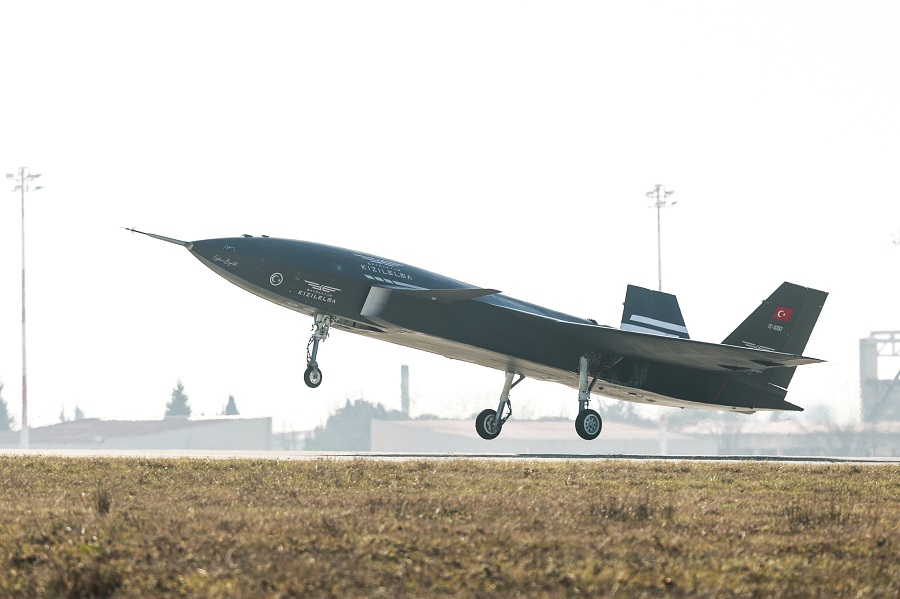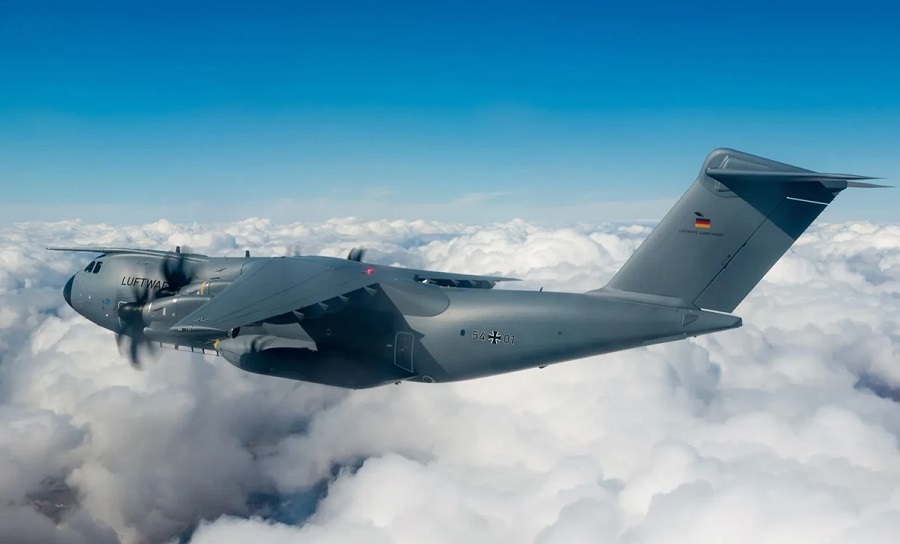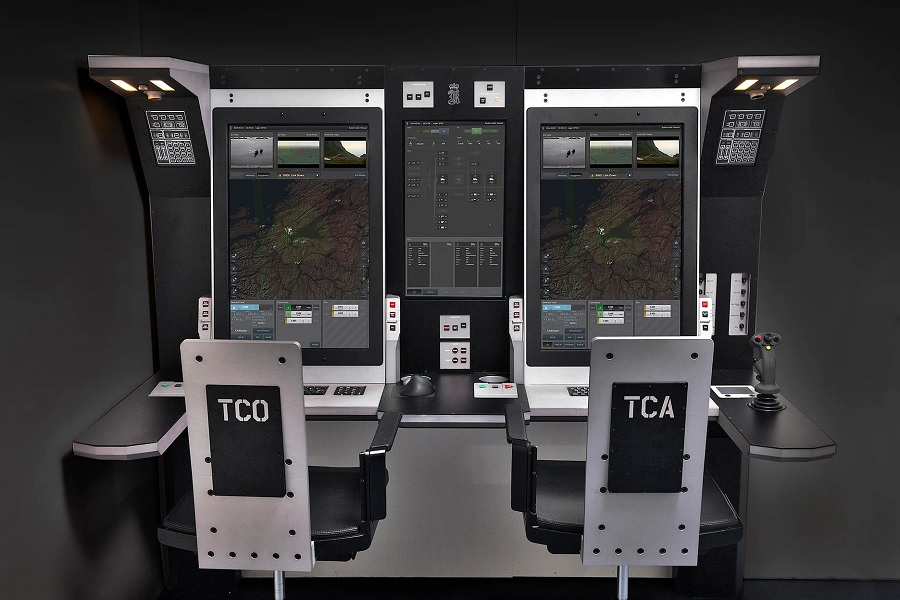The report acknowledges uncertainties surrounding technological advancements and geopolitical developments over the next 25 years. It emphasises, however, that China is likely to remain the most significant strategic competitor, with both conventional and nuclear threats expected to persist.
Kendall stressed that maintaining competitiveness will require substantial improvements in equipment, training, and operational approaches. He noted that the Air Force will remain central to U.S. power projection, but this will demand increased resources and strategic focus to address evolving challenges.
The report places particular emphasis on the growing role of space in future conflicts, describing it as a decisive operational domain. Kendall highlighted the need to strengthen the Space Force, calling for greater counter-space capabilities to address adversaries’ advancements in space-based military systems, particularly those targeting U.S. forces.
Modernisation efforts under Kendall’s leadership, including the integration of artificial intelligence (AI) and unmanned systems like Collaborative Combat Aircraft (CCA), are also key components of the report. These technologies aim to enhance operational flexibility and effectiveness, with Kendall confirming plans to incorporate them at scale in the force structure.
The report also underscores the importance of maintaining a credible nuclear deterrent in the face of increasing complexity in global nuclear security. Kendall expressed concern over the proliferation of nuclear weapons and the heightened risks posed by tactical nuclear strategies.
Looking ahead, the report envisions future warfare as highly automated and reliant on rapid decision-making enabled by AI. Kendall noted that response times will need to operate at “machine speed,” reflecting the increasing demand for precision, long-range capabilities, and advanced automation.
In addressing budget constraints and operational challenges, Kendall urged future leaders to pursue informed and strategic approaches to efficiency. He cautioned against simple cost-cutting measures, advocating instead for reforms based on a deep understanding of defence needs and priorities.
Kendall concluded by highlighting two potential paths for the Air Force and Space Force: one shaped by successful adaptation to emerging challenges and another limited by resource and strategic shortcomings. His vision sets a framework for navigating the complex security landscape of 2050 and beyond.
Source: U.S. Air Force.





